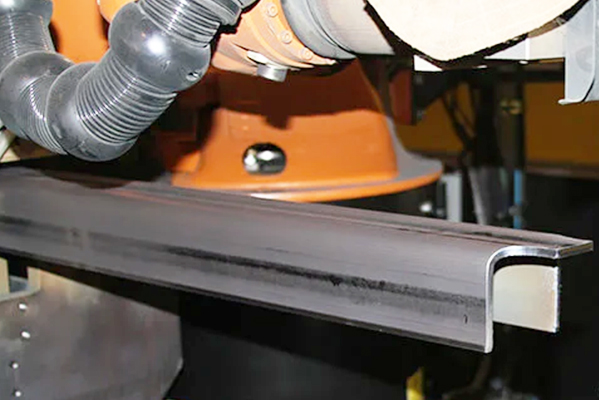Navigation Menu
Contact Us
- Email:
- info@wxavatar.com
- Address:
- Yurong Village, Yuqi Street, Huishan District, Wuxi, China.
Release Date:Mar 26, 2025 Visit:41 Source:Roll Forming Machine Factory
Railroad systems are complex networks that rely on a variety of specialized components to ensure safe and efficient operation. These components can be broadly categorized into track infrastructure, rolling stock, signaling systems, and support equipment. Each plays a critical role in maintaining the functionality and safety of rail transport.
1. Track Infrastructure
The foundation of any railroad system is its track infrastructure, which includes:
Rails: Steel tracks that guide train wheels and bear the weight of trains.
Sleepers (Ties): Wooden, concrete, or steel beams that support the rails and maintain gauge width.
Ballast: Crushed stone or gravel that stabilizes the track and facilitates drainage.
Switches and Crossings: Mechanisms that allow trains to change tracks or cross paths.
Fasteners: Clips, bolts, and anchors that secure rails to sleepers.
2. Rolling Stock
Rolling stock refers to the vehicles that move along the tracks, including:
Locomotives: Powered units that haul passenger or freight cars (diesel, electric, or hybrid).
Passenger Coaches: Cars designed to transport travelers, often with seating, restrooms, and amenities.
Freight Cars: Wagons for transporting goods, such as boxcars, tankers, flatbeds, and hoppers.
Maintenance of Way (MOW) Vehicles: Specialized equipment for track repair and inspection.

3. Signaling and Control Systems
To ensure safe train movements, railroads use advanced signaling and control systems:
Track Circuits: Electrical systems that detect train presence on a section of track.
Signals: Lights, flags, or signs that communicate speed limits, stops, and track conditions.
Interlockings: Systems that prevent conflicting train movements at junctions.
Automatic Train Control (ATC): Technology that enforces speed restrictions and emergency braking.
4. Support and Maintenance Equipment
Railroads require continuous upkeep, which involves:
Track Inspection Vehicles: Machines equipped with sensors to detect rail defects.
Ballast Regulators: Equipment that maintains track ballast levels.
Rail Grinders: Machines that smooth rail surfaces to reduce wear.
Snowplows and De-icing Systems: Tools for maintaining tracks in harsh weather.
Conclusion
The efficiency and safety of railroad operations depend on the seamless integration of these components. From the tracks themselves to the advanced signaling systems, each part plays a vital role in keeping trains running smoothly. As technology advances, railroads continue to evolve with automation, high-speed rail, and smart infrastructure, ensuring that rail transport remains a key mode of transportation worldwide.